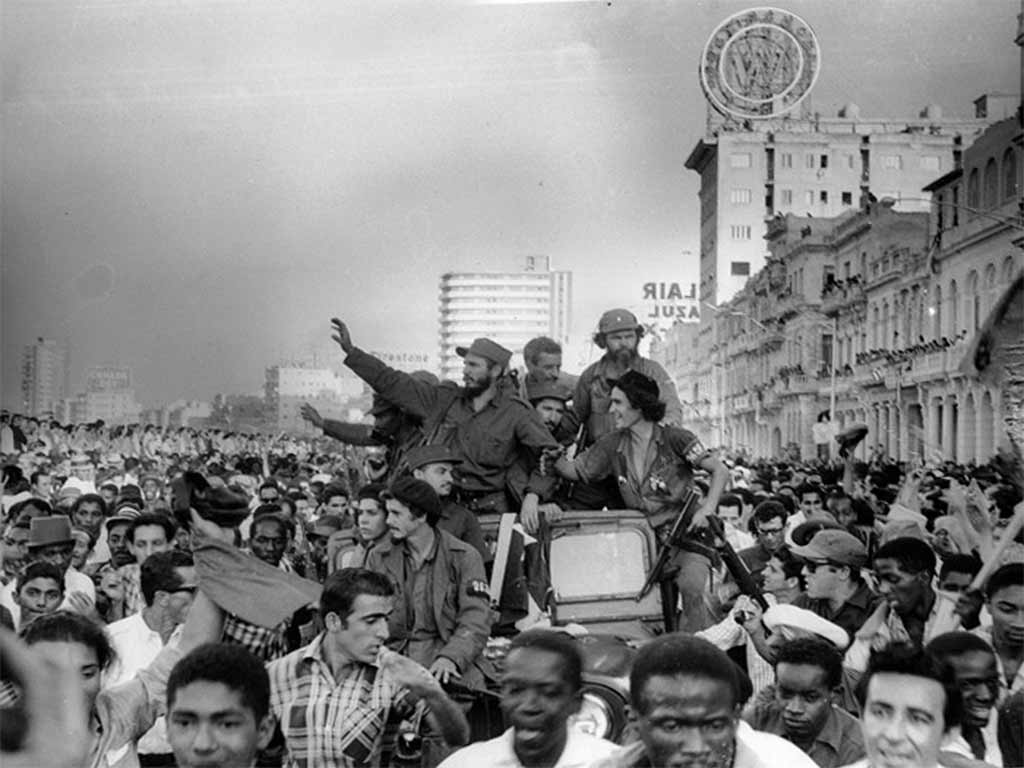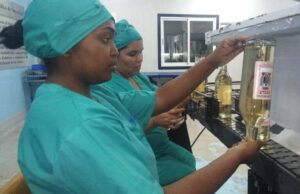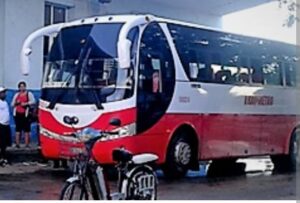Cuba commemorates today the 66th anniversary of the arrival in this capital of the «Caravan of Freedom» of the Rebel Army, led by Fidel Castro, after the revolutionary victory on 1 January 1959.
The guerrilla leader’s arrival in Havana will be commemorated this morning at the points in the capital where the group arrived on that date, after a journey of more than a thousand kilometres in contact with the people from the eastern city of Santiago de Cuba.
According to local authorities, the re-enactment of the historic event will begin in factory complexes in the municipality of Cotorro, after which a wreath will be laid in front of the Granma yacht in the Museum of the Revolution in Old Havana.
In the afternoon, the «caravanistas» are expected to pass along Calle 23 in the Havana neighbourhood of Vedado, until they arrive at the Ciudad Escolar Libertad, a scientific-pedagogical complex located in the municipality of Marianao, where the central national ceremony for the anniversary will take place.
The re-enactment of that heroic deed set off from Santiago de Cuba on 2 January, led by outstanding young people who were protagonists of the historic event, who, on their way through each province, handed over the baton of the triumphal march to other members of the new generations.
The occasion was the occasion for the authorities of these provinces to hand over to young people and workers who were outstanding in various fields, the card that accredits them as members of the Young Communist League (UJC) and the Communist Party.
Some of them also received the Always Young status conferred by the National Committee of the UJC for their relevant participation in the tasks of that political organisation.
In 1959, after more than two years of hostilities against the dictatorship of Fulgencio Batista (1952-1958), the rebel columns were welcomed by the inhabitants of towns and cities along the route, which was evidence of a resounding popular support for the proposal for political change that was beginning on the Caribbean island.
According to chroniclers of that heroic deed, the contingent of humble soldiers and patriots, with combat uniforms and long manes, imbued the population with a mystique that elevated the stories of their military victories over better equipped and trained regular forces to epic proportions.
The advance of the Caravan from East to West showed the possibility of realising long-delayed dreams of social justice, and at the same time pointed to numerous dangers that the Revolution had to overcome in the face of the hostility of its internal and external enemies.
The march of the Rebel Army also represented the first direct encounter of Cubans with Commander Fidel Castro, the leader who would later lead the nation and build, together with the revolutionary forces, a socialist project of continental reference.




